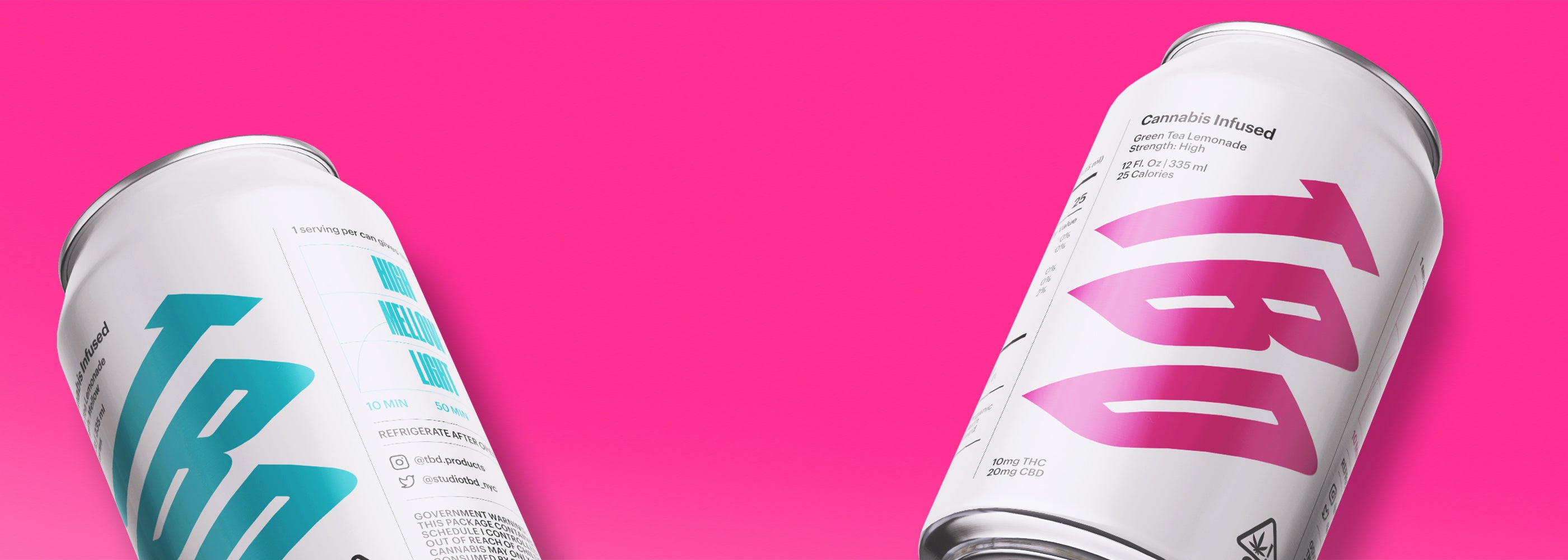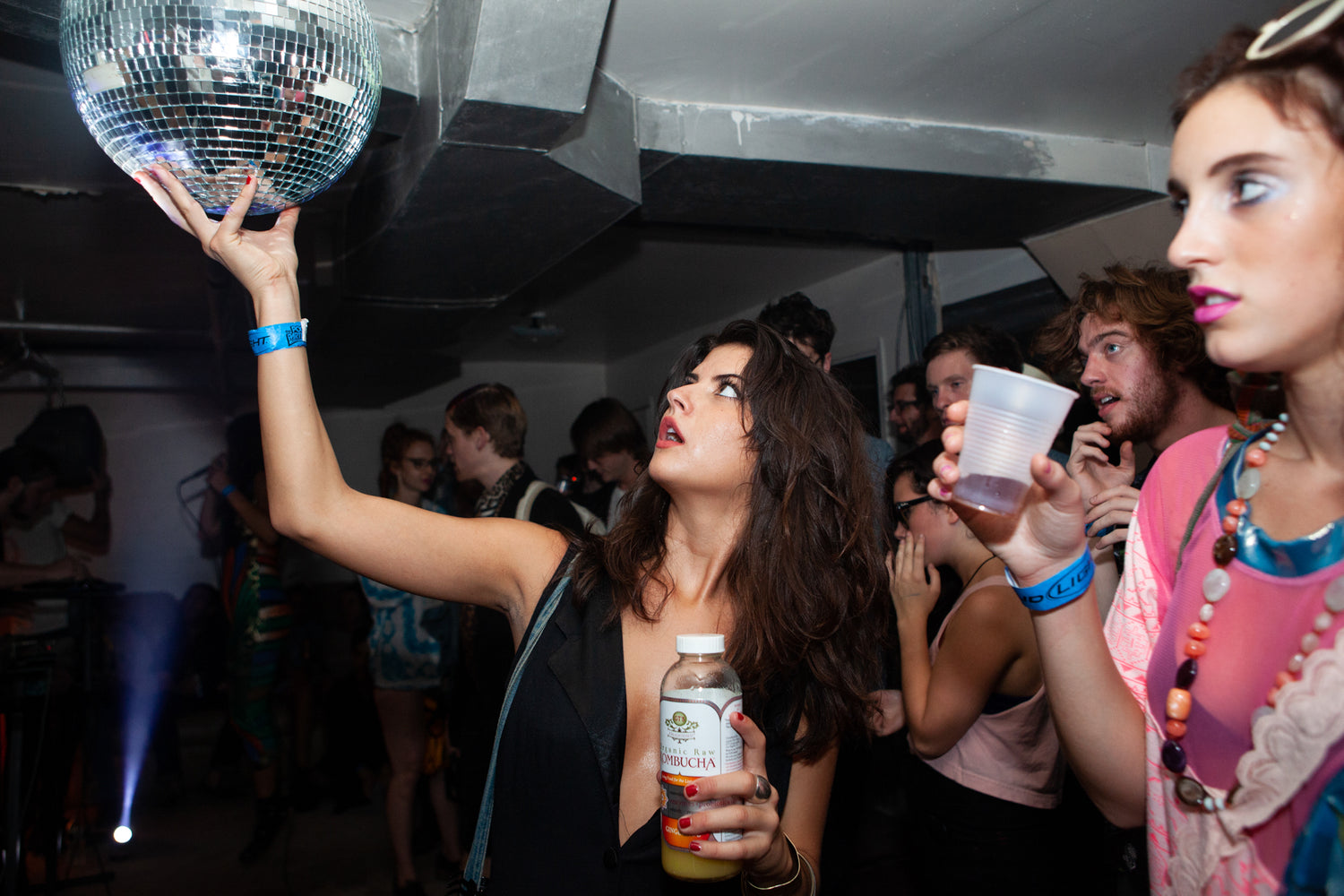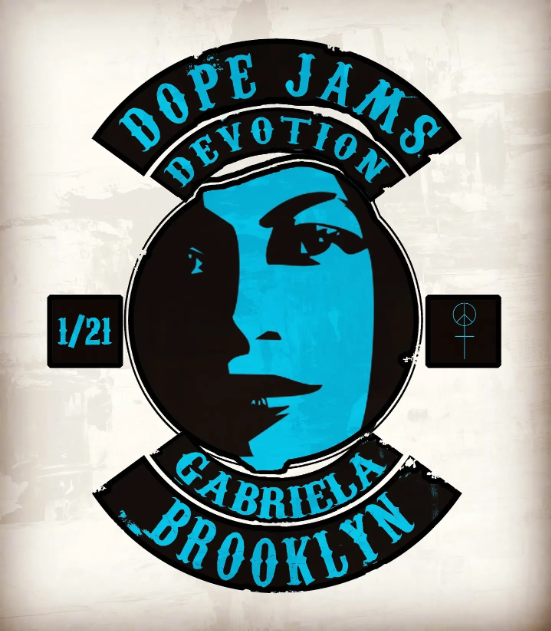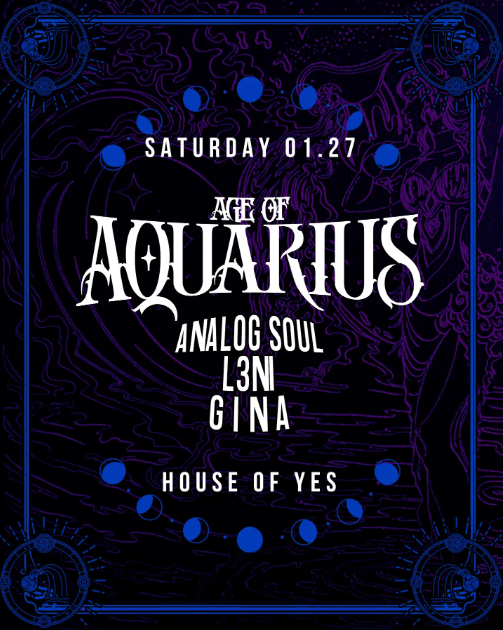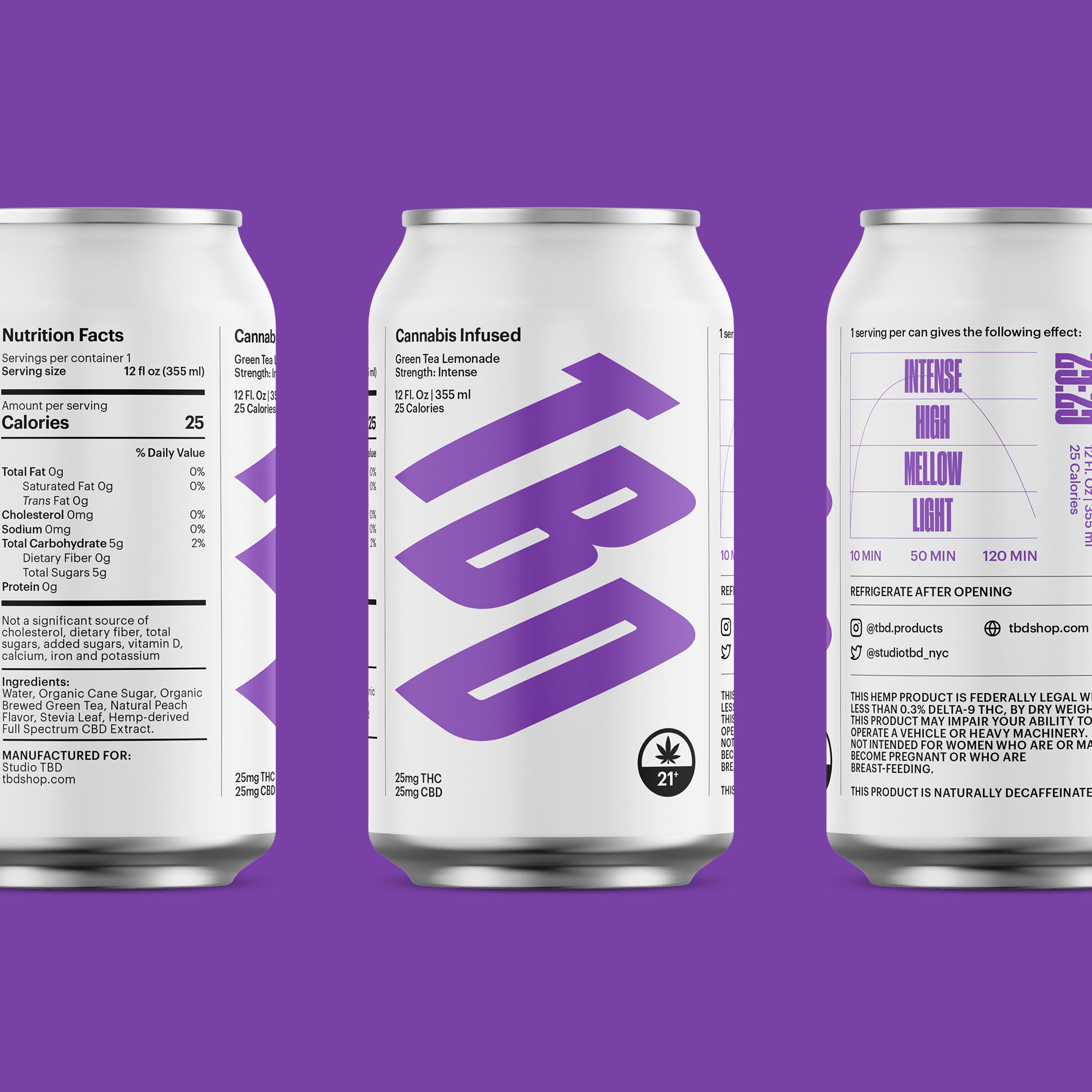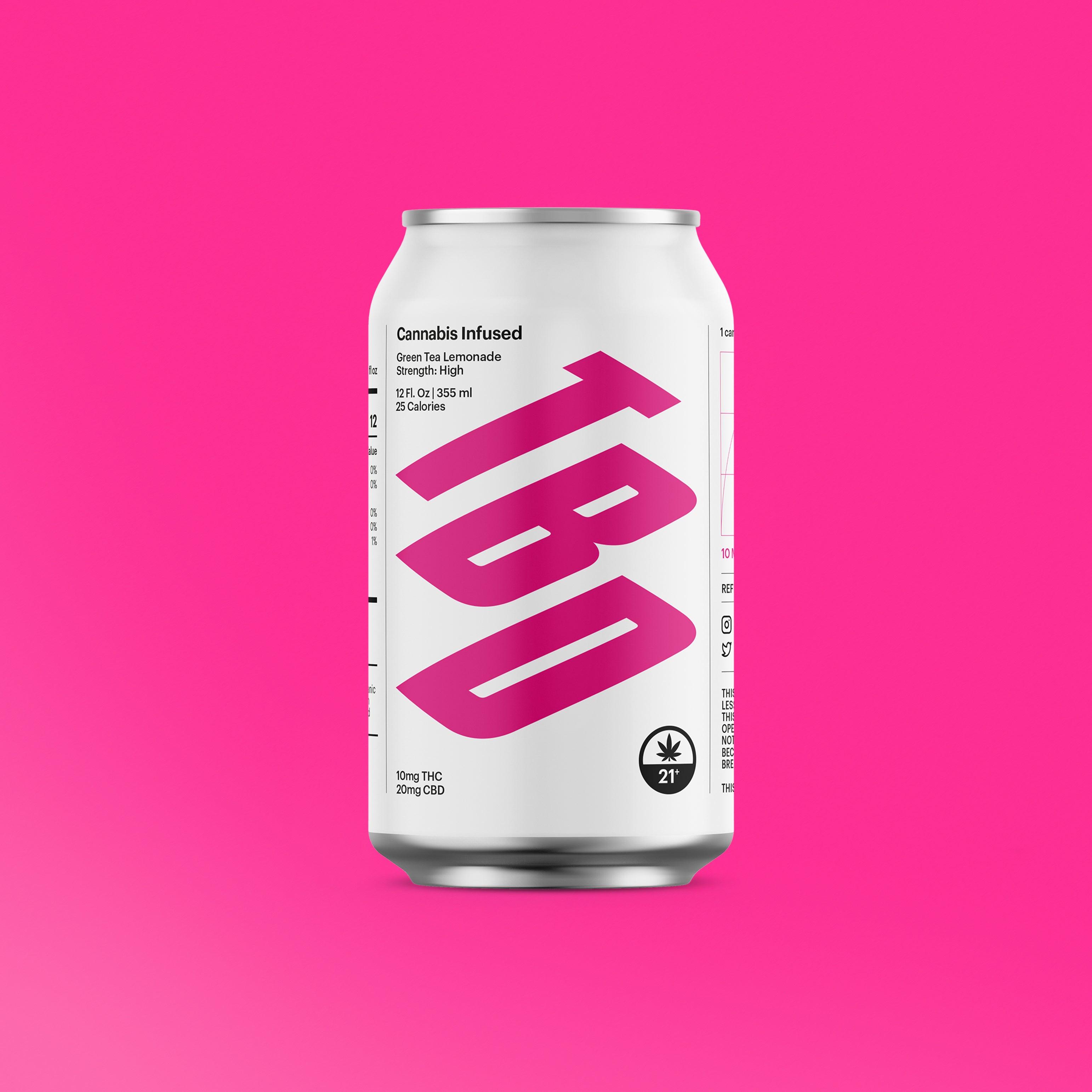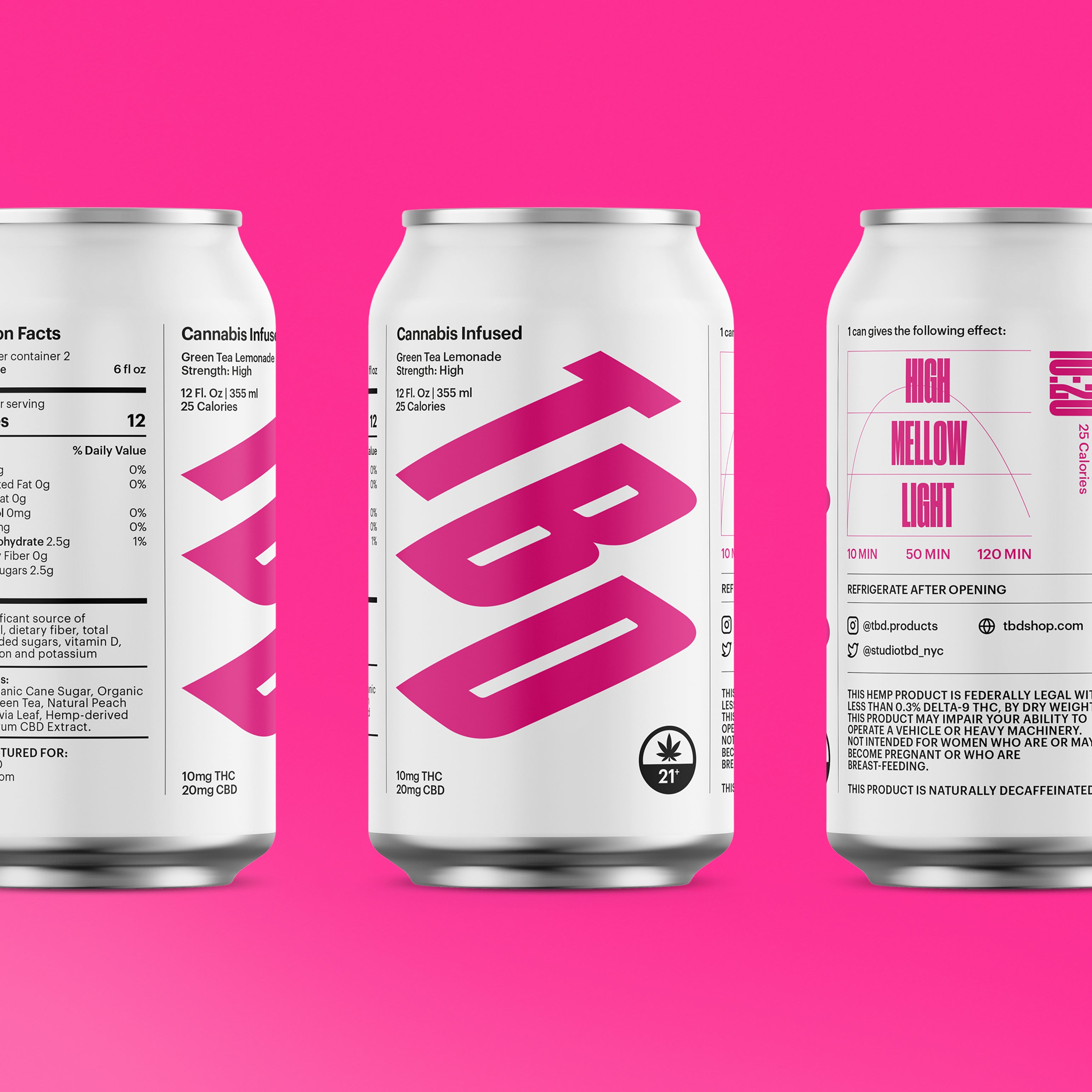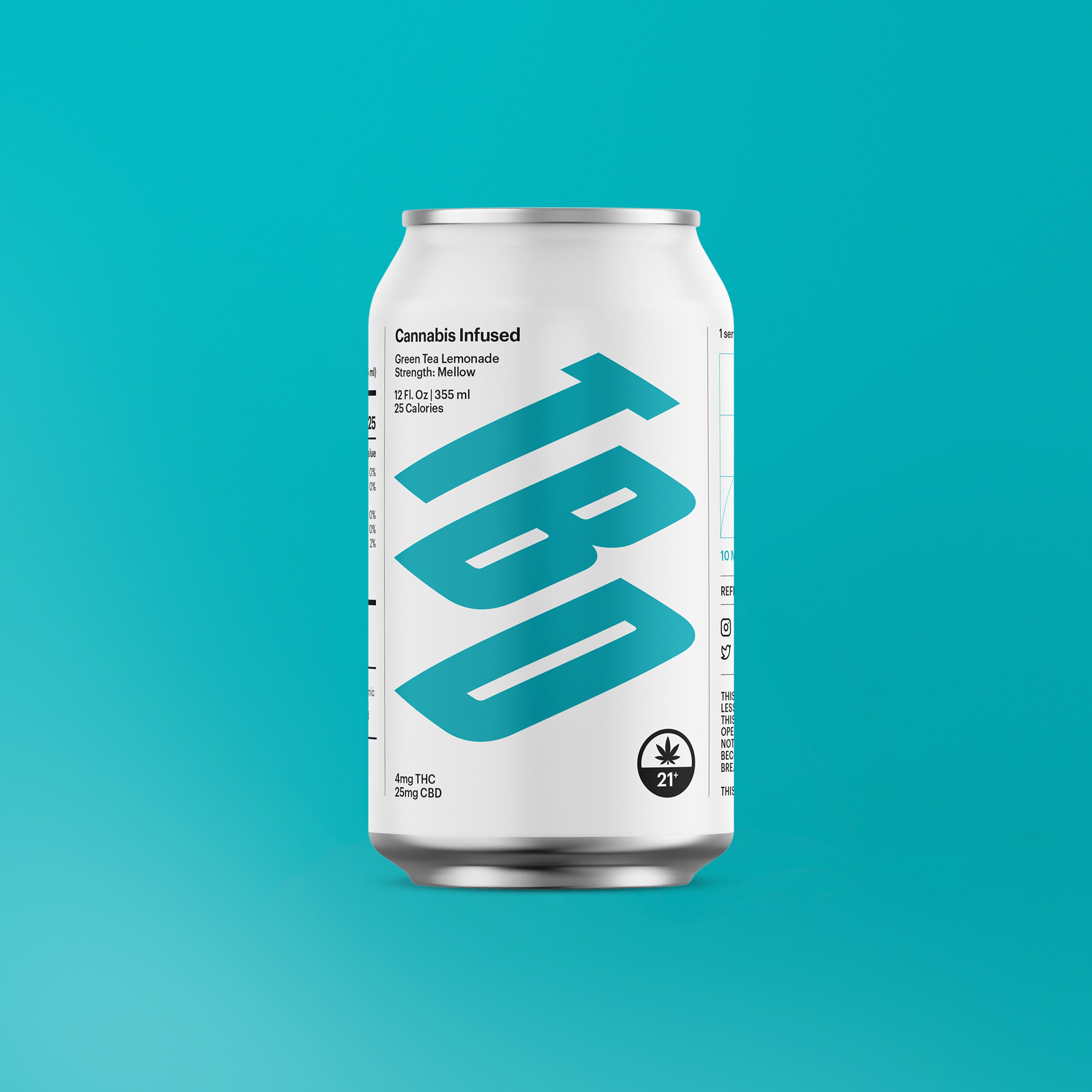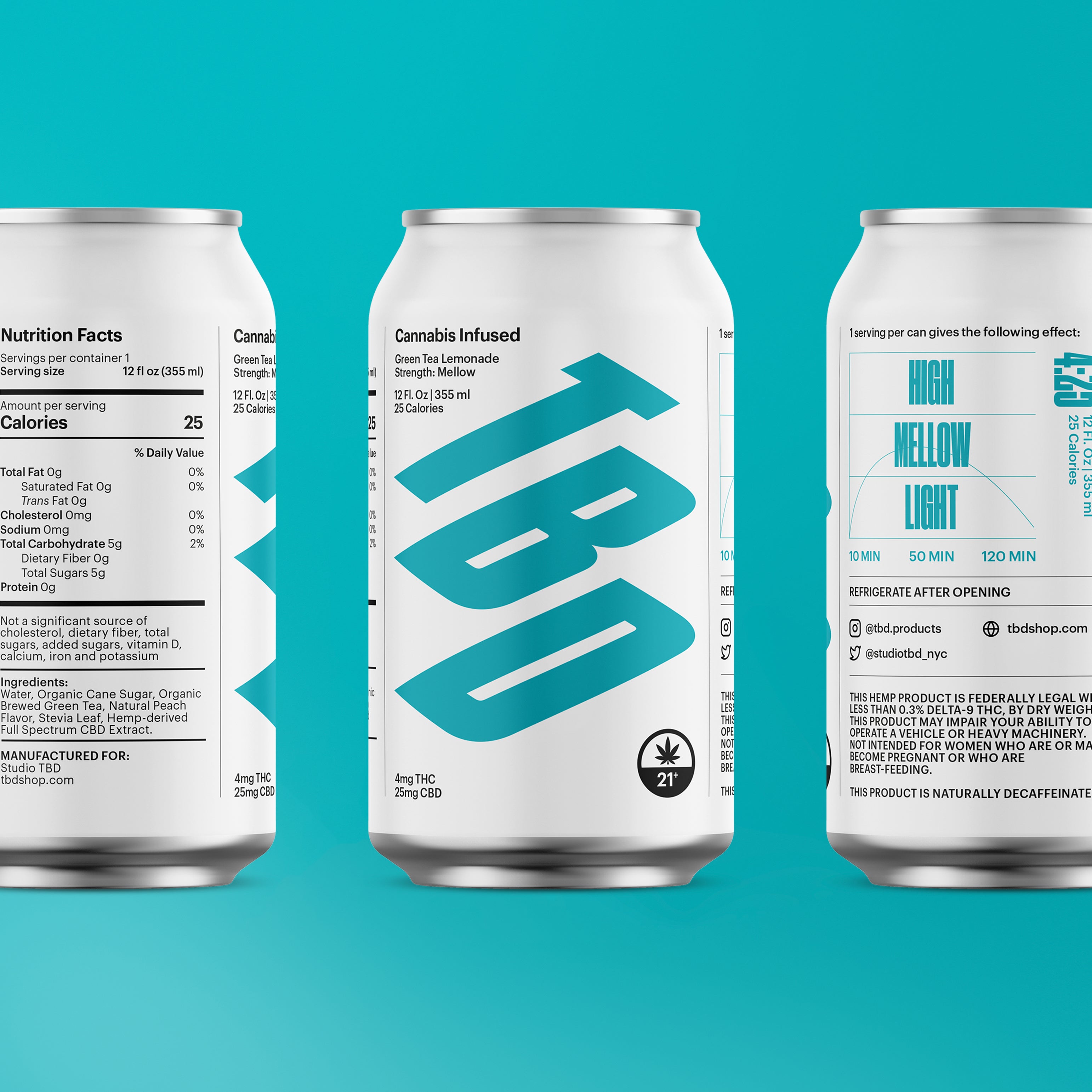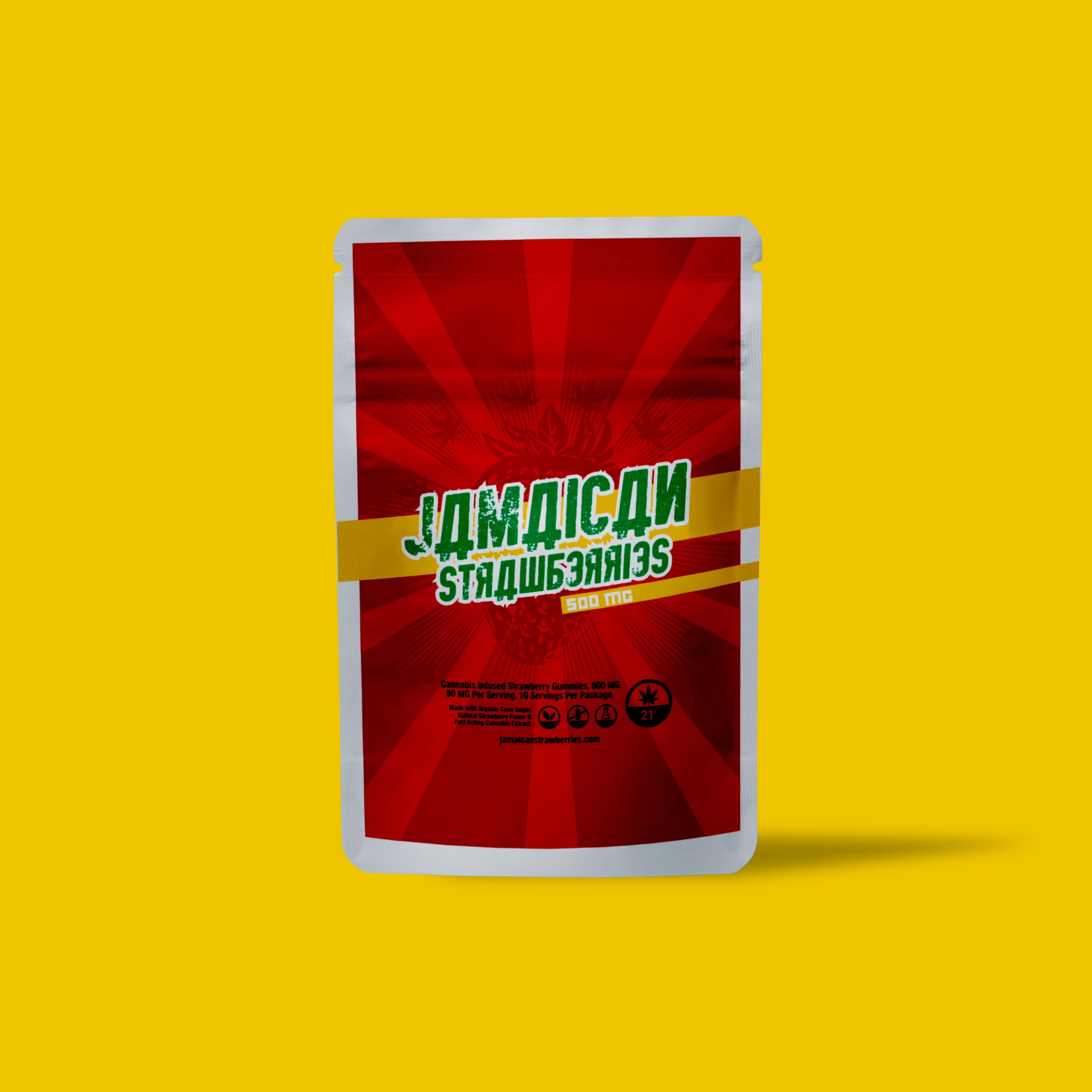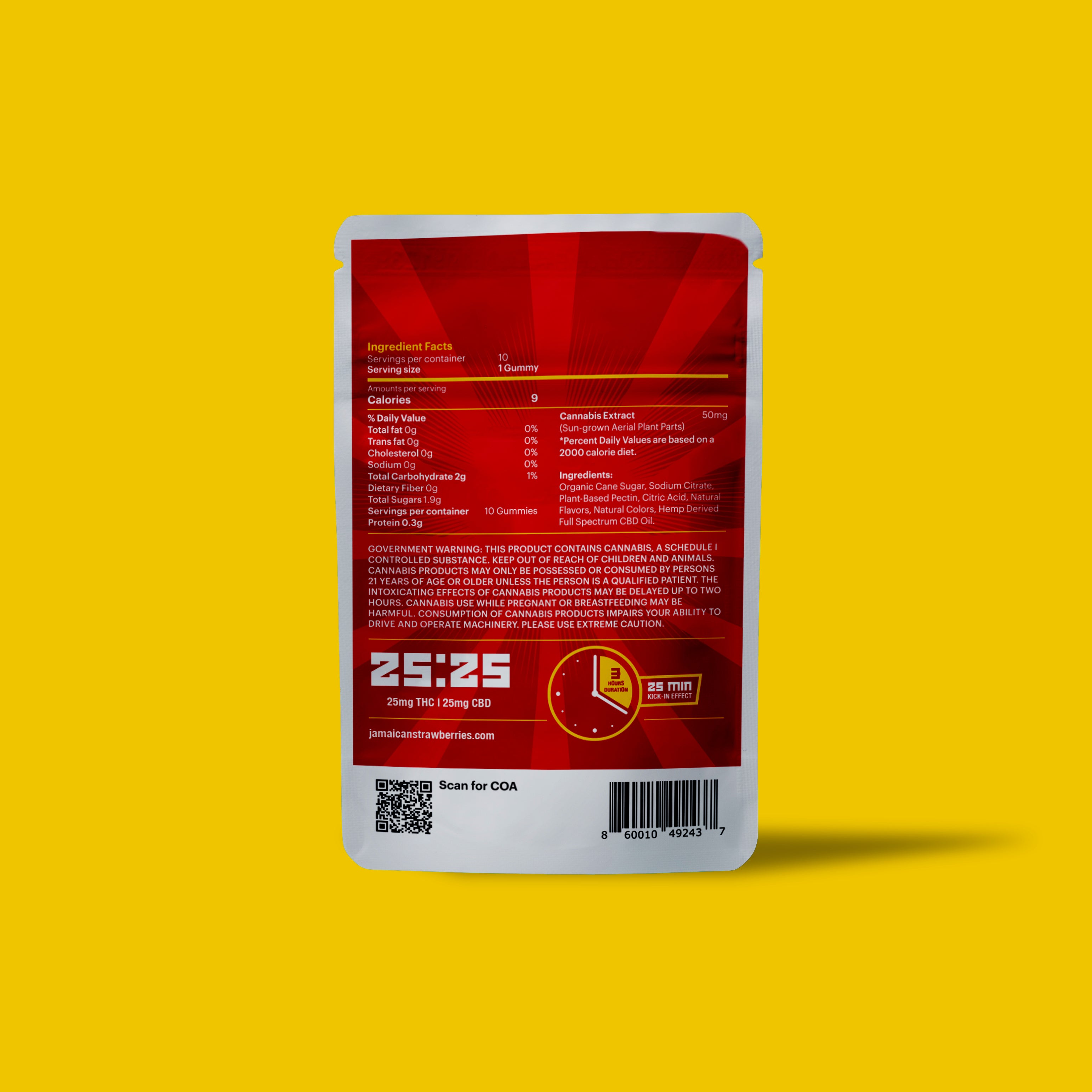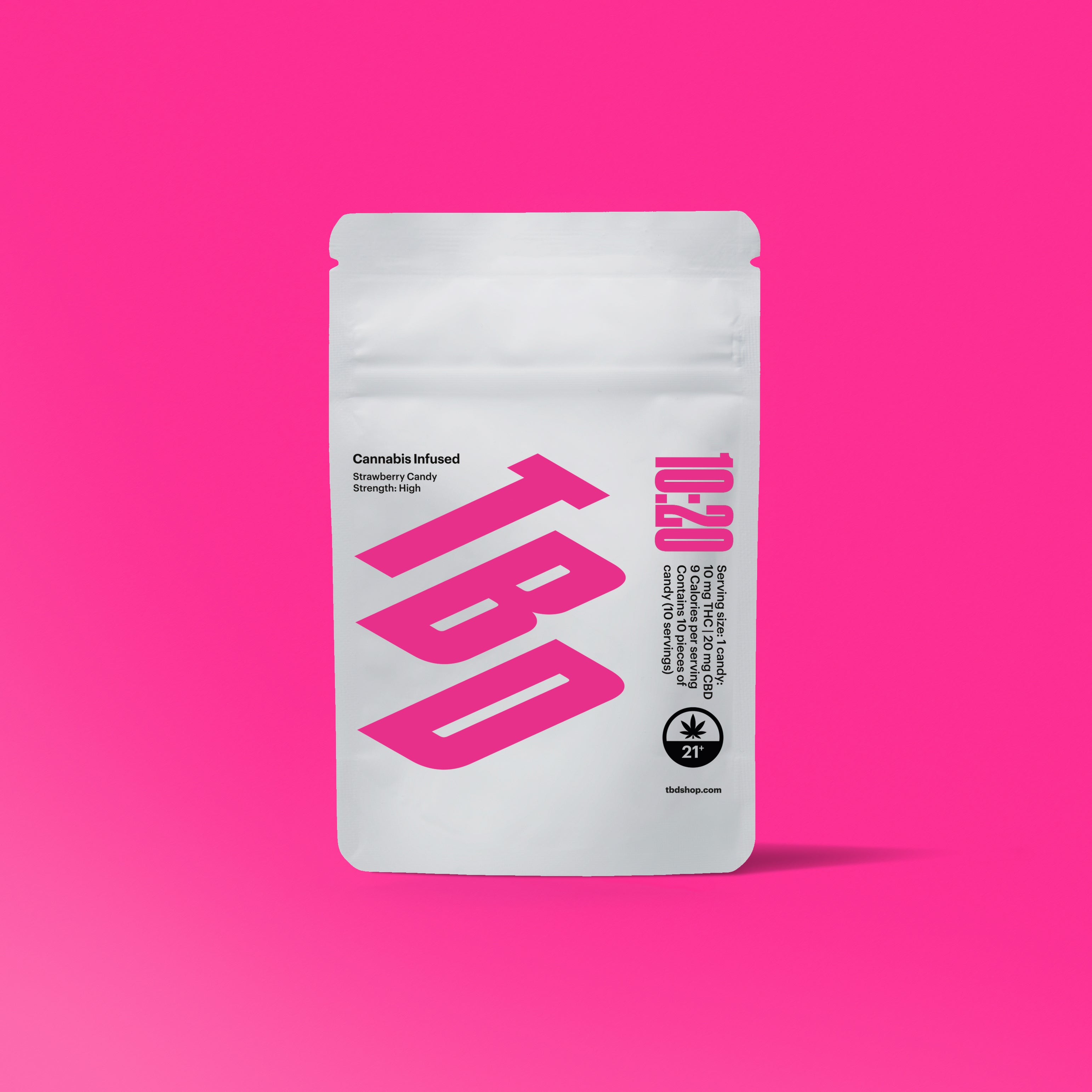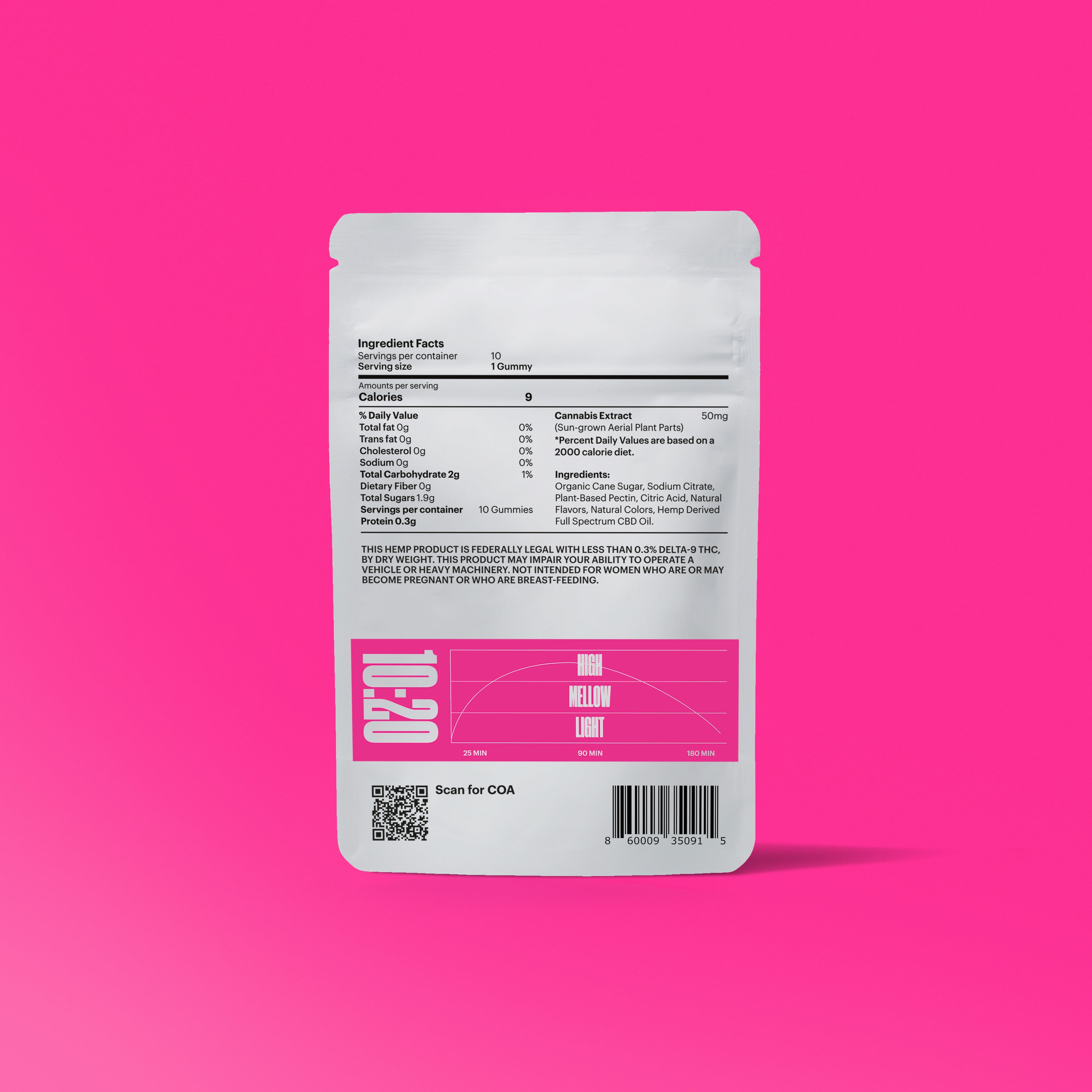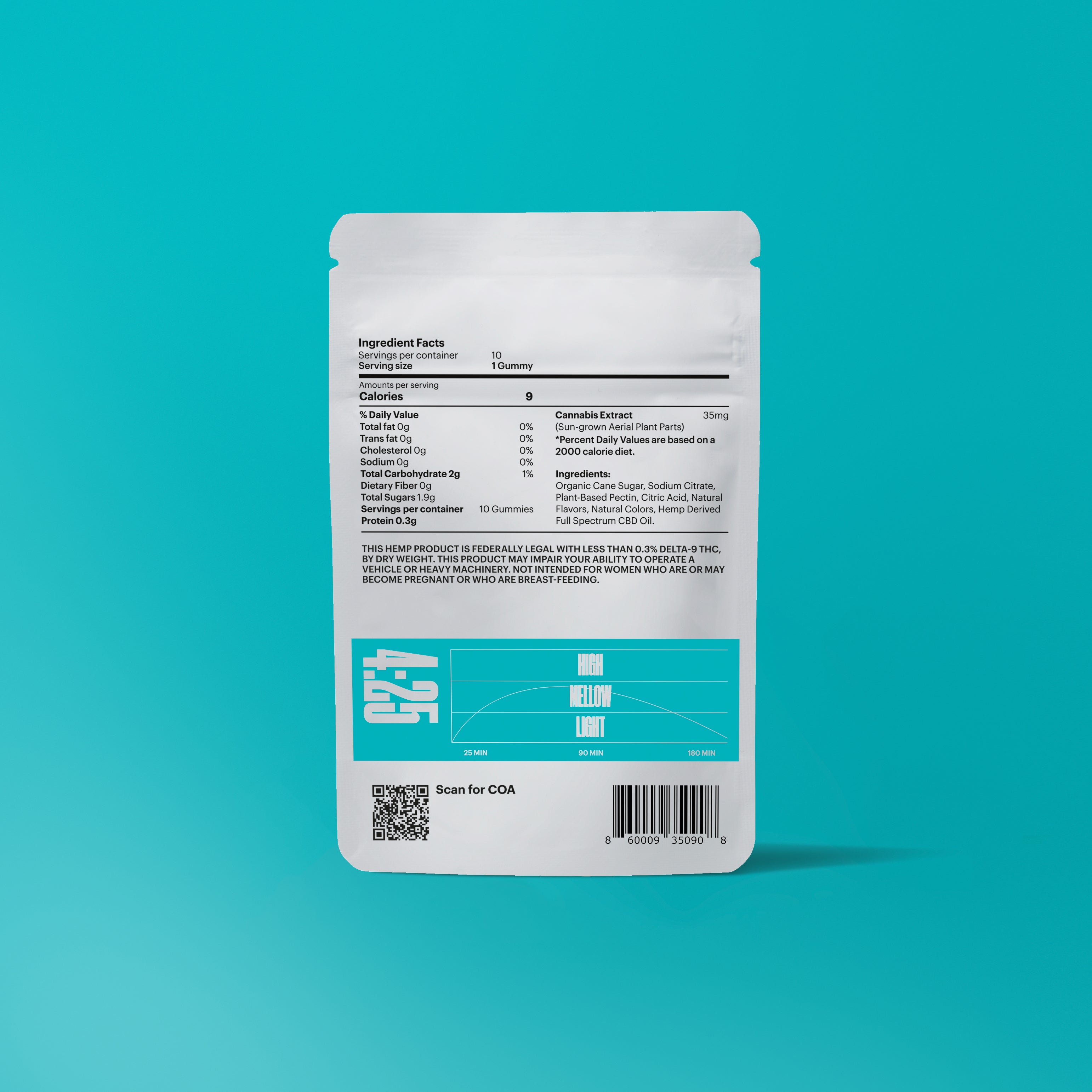We spoke to photographer Laura June Kirsch about the first wave of the Williamsburg music scene, living with reckless abandon, and the internet generation. Words by Lauren Murada.
This article is powered by Studio TBD in our effort to support New York’s underground music scene. You can stay mellow or high in the NYC nightlife with our Cannabis Infused drinks and gummies.

Self portrait by Laura June Kirsch, Long Beach, Long Island, New York - 2008
All those classic Williamsburg venues, they are really, like, the star of the book.
Last week I was watching Meet Me In The Bathroom and I saw something I found to be surprising. The documentary is an immersive journey through the New York music scene of the early 2000s. It shows the mass exodus of musicians from Manhattan into Brooklyn and in particular, Williamsburg. The scene that caused my jaw to drop was a group of people walking down Kent Ave. Today, Kent Ave has almost a SoHo vibe to it with expensive restaurants, boutique stores, and apartments that no one I know can afford to live in. But in the early 2000s, as shown in the documentary, it was desolate. It looked like a completely different world. You could see the pillars to the Williamsburg Bridge from the street, a feat that would be almost impossible today due to the amount of skyscrapers built along the edge of the East River.

New Museum, Manhattan, New York - 2012
For decades Williamsburg waterfront was an industrial hub for garment and textile manufacturing but when the factories started to leave, young creatives took over. There were dozens of venues all within a few blocks of each other including Glasslands, 285 KENT, Death By Audio, Secret Project Robot, Northsix (now Music Hall of Williamsburg), and Cameo Gallery, to name a few. The were the early stomping grounds of local indie acts like TV on the Radio, Vampire Weekend, Grizzly Bear, Deerhunter, Bon Iver and MGMT, hip hop and R&B acts like Odd Future, Frank Ocean, and A$AP Rocky. The venues even hosted secret shows for the likes of the Yeah Yeah Yeahs and Lana Del Ray.

Bushwick, Brooklyn, New York - 2012
Laura June Kirsch moved to Williamsburg in 2007 after graduating from the School of Visual Arts, right around the time the economy was ready to collapse. “So I'm single, the economy is falling apart, and I can't get a job,” Kirsch said.

Webster Hall, Manhattan, New York - 2011
“And so I just started doing this photography thing. I'm entering these more creative communities of people who are putting on shows and artists and hanging out all the time. There were just so many young people in Williamsburg. My friend would say, ‘living in Williamsburg is like living on campus, music campus’. (It was) all kids. I couldn't walk down the street without running into five people I know. It was fun. It was really fun.”

Glasslands, Williamsburg, Brooklyn, New York - 2014
The ‘photography thing’ Kirsch is referring to is taking her camera to clubs and venues where she spent countless nights shooting the local scene. A number of these photos are featured in her 2021 book Romantic Lowlife Fantasies: Emerging Adults in the Age of Hope. “All those classic Williamsburg venues, they are really, like, the star of the book” Kirsch said. “There was so much heart and soul.”

The book showcases the Obama-era optimism of millennials living in Brooklyn when rent was cheap and the party was nonstop. There are 85 pages featuring people living in reckless abandon, but more than that, Kirsch said it was the last time in history people were not plugged in all day, everyday.

Romance has died as the internet has evolved.

Grand Course, Bronx, New York - 2013
The book features a cast of characters all living in the moment, whether they’re having the time of their life seeing a band, crying at the club, or passed out on someone’s front lawn. There are pools, unicorns, confetti, and crowd surfing. Kirsch’s fly on the wall style makes you feel nostalgic for DIY venues, hearing your new favorite band for the first time, making out with randoms on the dancefloor, and American Apparel disco pants.

“I like (photographing) people with a personality,” Kirsch said. “I like people who are reacting to something or caught up in a moment, whether it's a person reacting to the music on stage or having a reaction to a person around them. But I really try to look for something that has some sort of humor in it, or just, like, people with a cool vibe… When I was editing the book, at first I was like, 'there are too many people in costumes,' but that's the thing about New York, people are in costumes all the time. Most of them aren't from Halloween, it's just New York.”

SS Coachella - 2012
Photos in the book were shot between 2008 and 2016 and Kirsch has since become a full-time, freelance, award winning photographer. Her work has appeared in publications like Vogue, NY Mag, and Vice, and she has worked with clients like Vans, Showtime, Buzzfeed, and Google. She began putting the book together in her 30s and said more than anything, the photos are a social commentary on her generation. “In many ways, millennials are “generation hopeless,” Kirsch said in Romantic Lowlife Fantasies.
<Are we really the “entitled generation”, or do we take risks because we have nothing left to lose?
“Security was never a viable option for us. We graduated from high school in the shadow of 9/11 and entered the workforce in the midst of a crippling recession. By our mid-30s, after many of us had finally gotten a grip on our lives, a global pandemic struck. Are we really the “entitled generation”, or do we take risks because we have nothing left to lose?”

Bushwick, Brooklyn, New York - 2012
To check out more of Laura June Kirsch’s work and Romantic Lowlife Fantasies go to romanticlowlifefantasies.com
